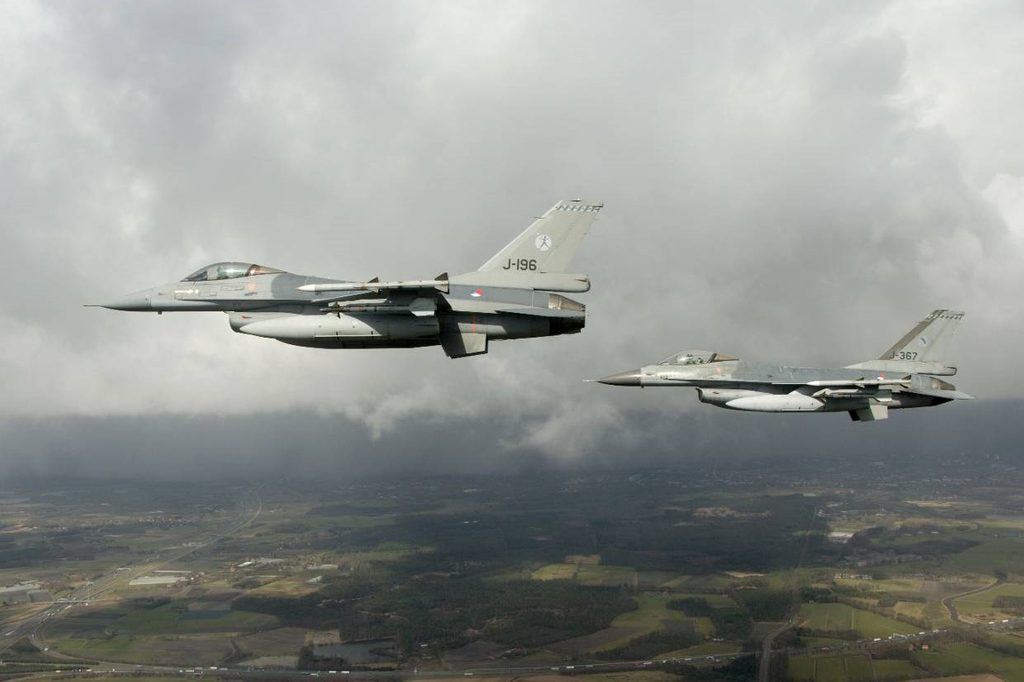The Danish air force intercepted two Russian bombers, reportedly heading for Dutch airspace on Monday morning via the North Sea. The Netherlands also deployed two F-16 fighter jets.
Two Russian Tupolev Tu-95 strategic bombers were spotted flying over the Baltic region, seemingly towards Dutch airspace on Monday morning. The Netherlands deployed two Air Force F-16s as part of the so-called Quick Reaction Alert (QRA), through which fighter jets are on standby 24/7 to respond to violations of NATO airspace. The QRA essentially shows NATO's ability to respond quickly to potential threats as a deterrent against hostile action.
"The QRA was declared at 07:19 this morning. This does not happen often, but today's incident shows the importance of rapid deployment. The F-16s are on 24-hour standby and can take off and intercept an unidentified aircraft within minutes," the Dutch air force (KLu) confirmed on Monday.
Initially, the warning mentioned one single aircraft, but it was later clarified that there were two Tupolev Tu-95s. The Russian aircraft, referred to as 'Bears' in NATO terminology, were intercepted by the Danish air force.
"The bombers have since turned back," KLu said. Meanwhile, the aircraft landed again at Volkel Air Base, a 1.5-hour drive from Belgium.
Shared responsibility with Belgium
NATO has an air defence network to monitor and protect the airspace of its Member States 24 hours a day, seven days a week. Some 40 air bases spread across the Allies are responsible for this mission, housing fighter aircraft ready to take off at short notice (usually in 15 minutes or less) under the QRA procedure.
Western aircraft fly out in response to such events when Russian planes do not talk to air traffic control, posing a threat to flight safety, which is most likely what happened now. Since the area where the Russian planes were operating is also international airspace, they are not actually doing anything wrong, meaning there is no international incident.
Sometimes, Russian planes fly very close to NATO air borders to probe the borders so the army can see how quickly it reacts, according to VRT News. By intercepting these via the QRA, NATO makes it clear that provocative flights from Russia will not be tolerated.
Related News
- Belgian military expert warns of major obstacles to Ukraine counter-offensive
- Belgium deploys detachment of 245 soldiers to Lithuania
Belgium and the Netherlands are jointly responsible for monitoring the airspace of the Benelux countries (Belgium, the Netherlands and Luxembourg). They alternate every few weeks and always have two F-16s ready. Since April, the Netherlands has been in charge of surveillance.
In the Netherlands, this task is carried out from Leeuwarden or Volkel airbase, while in Belgium it is done at Florennes, between Charleroi and Dinant, or Kleine Brogel near the Flemish village of Peer in Limburg.
The whole system relies on a network of radars and national control centres (CRCs), headed by two NATO Combined Air Operations Centres (CAOCs), one for Europe north of the Alps, based in Germany and commanded by Belgian General Major Harold Van Pee, and the other responsible for the south, in Spain.

